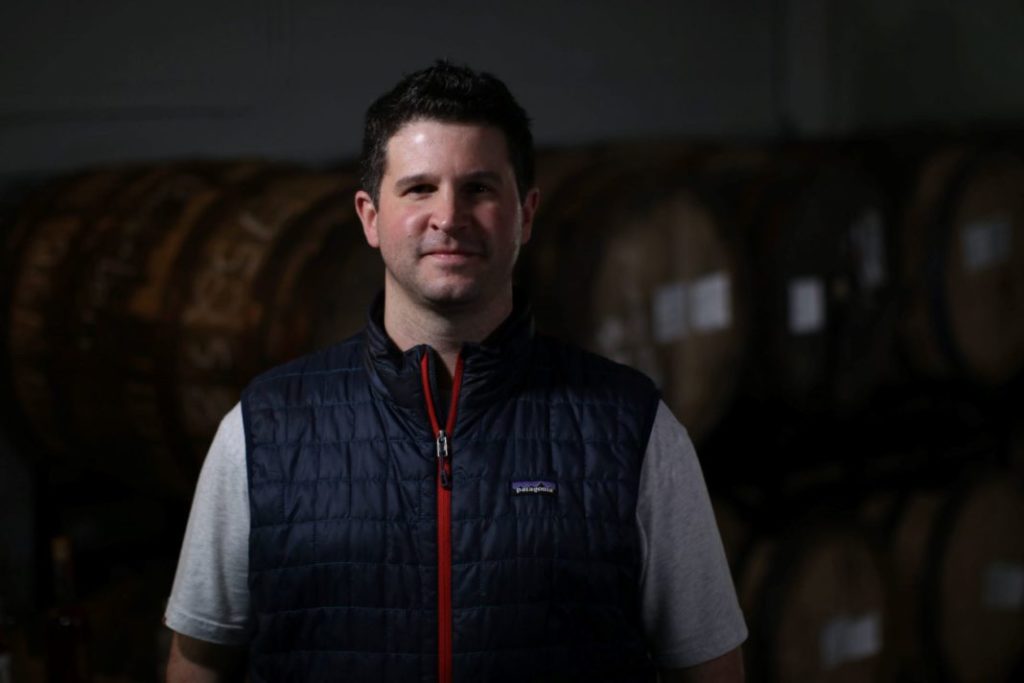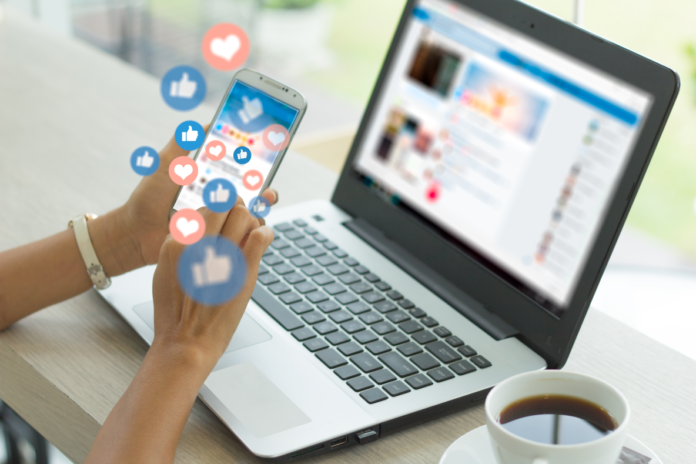Social media and the digital landscape continue to evolve. With this comes changes in how consumers and brands interact. For savvier companies, it’s no longer enough to post content on social, or get their products into the hands of influencers. Not in an era where consumers increasingly appreciate and seek out authenticity.
“The era of influencers began about 15 years ago and was real hot ten years ago,” says Adam Dornbusch, CEO of Entribe, a company that specializes in cultivating consumer-generated content. “For the last three to four years, the trend has been the opposite way. Now, many people see influencers as inauthentic, and commodified. You have new sponsorship requirements on social media. It’s become no different than hiring a celebrity.”
If social media influencers have lost a measure of effectiveness, then what, in turn, has risen in digital importance? Dornbusch and others point to user-generated content, like product reviews.
“Trusted user-review content,” Dornbusch says. “Real people reviewing real products, especially with the expansion of Tik Tok. People would rather learn about a product from someone they know and trust.”
“Influencers are still hot,” he concedes. “But brands also need to tap into unique users and the authenticity they bring.”
Authentic Social Media Connections
How can brands connect with consumers in an authentic way? One answer: reach out to your biggest fans.
Michael Paladini, CEO and founder of the fast-growing brand Penelope Bourbon, puts heavy emphasis on personal relationships with customers. This includes genuine conversations with consumers through direct messaging.
“Just this weekend I talked on Instagram with one of our big fans named George,” Paladini says. “I also talked with another fan named Donnie. They’ve become my friends. It’s genuine.”
Conversations are simple: catching up, asking about recent vacations or family, etcetera.
“There’s a place for influencers, but there’s something genuine about that type of interaction,” Paladini says. “That type of interaction, it’s not forced. It’s not paid for. These are genuine fans of our products.”
“Of course, we want to naturally engage with our customers,” he adds. “But these have become very real relationships. Instead of influencers receiving checks in the mail, we’re telling these fans, ‘Thanks for doing that post’.”

Which is to the point. This kind of authentic, personal relationships produce some of the best content possible: user generated. These are fans who post about products with pride.
“In many instances, user-generated content eclipses content that we create ourselves because these people exude their personal passion,” says Mike Montgomery, CEO of another fast-emerging whiskey brand, Blue Run Spirits. “If we paired our product with a celebrity, it wouldn’t work, because it wouldn’t be authentic.”
After commenting on the need to connect directly with consumers for our American whiskey trends in January, Montgomery “only believes in it more now than the last time we talked. There’s magic in connecting directly with consumers. We engage from our brand accounts and our personal accounts.”
It’s not as simple as retweeting or reposting user-generated content, or commenting on pictures and videos. “There’s all the things that people don’t see, the back and forth on DMs,” Montgomery says. “We’re forming real friendships with people. They started as consumers and have become friends.”
Borrowing from his past career in politics, Montgomery handwrites and mails personal “thank you” letters. “It’s rare to receive a note of any kind today, forget a handwritten note from a brand’s CEO,” he says. “People don’t just read them and trash them. They’re posting them online and saving them. That’s really humbling.”
Paladini also turns social relationships into real-world interactions.
“We’re telling them to come on by our offices, or help us our pouring at a booth at a tasting,” he says. “We don’t have a deep marketing budget, so we need to empower fans of our brand in ways that are meaningful for everybody.
Dornbusch of Entribe emphasizes this strategy.
“People want recognition from the brand that they’re part of the brand,” he says.
This is not to say that the era of influencers and branded content is over. Rather, emphasizing authenticity in all forms online is as important as ever. This goes hand-in-hand with genuine relationship-building.
“Customers want a personal connection with brands through customized interactions and responding engagements,” says Karen Haines, founder of the RTD brand, Spa Girl Cocktails. “I love to interact and foster a genuine connection with our customers. They love knowing I am speaking directly to them.”
“I believe customers want to learn more about the people that make up their favorite brands,” she adds. “You want your customers to be excited for your next post/story/reel. You are telling a story. Looking forward to your next video reel is very important for us and our customers. We want that intimate connection ongoing.”
Consumer vs. Influencer
If forming real relationships with consumers leads to user-generated content that helps grow brands, it raises an important question. Are consumers the new influencers?
“Yes, I believe very much so,” says Haines. “We have very loyal customers that share their stories and testimonials. We reach out to influencers and customers alike to engage in Spa Girl. We send samples, and they post and tag us and their friends to gain more organic followers. This connects us with different people we may not have reached.”
Agreeing with her is Montgomery.
“I would argue that a lot of whiskey enthusiasts, whether they want to be or not, have become influencers,” he says. “They talk to their own audiences. People respect their opinions. They are able to convince people.”
“The new era of the whiskey influencers is a stronger version of the stereotypical influencer,” he adds. “Today’s whiskey influencer is not in it for the free merch. They’re in it because they absolutely love this. This is their tribe, their community. They’re spending their time, their money, their vacations immersing themselves in this world. You can’t fake that.”
Unlike influencers, fans may not have high-level understandings of the best photography and video practices. Dornbusch of Entribe recommends educating people in these areas.
“Make sure they know how to have the label focused right, have a clean background, and good lighting,” he says. “Working with fans to create better content is not inauthentic. It’s creating better content versus licensing content.”
Yes, it’s also a slippery slope, turning consumers into influencers through genuine connections. But the alterative — doing nothing — risks ceding control of brand image.
“Fifteen years ago, brands lost control of their messaging because social media took control,” Dornbusch argues. “Today, brands are losing control of their image. User-generated content represents that image now more than the brand.”
Kyle Swartz is editor of Beverage Dynamics magazine. Reach him at kswartz@epgmediallc.com or on Twitter @kswartzz. Read his recent piece The 2022 Spirits Growth Brands Awards — Honoring the Hottest Brands.






